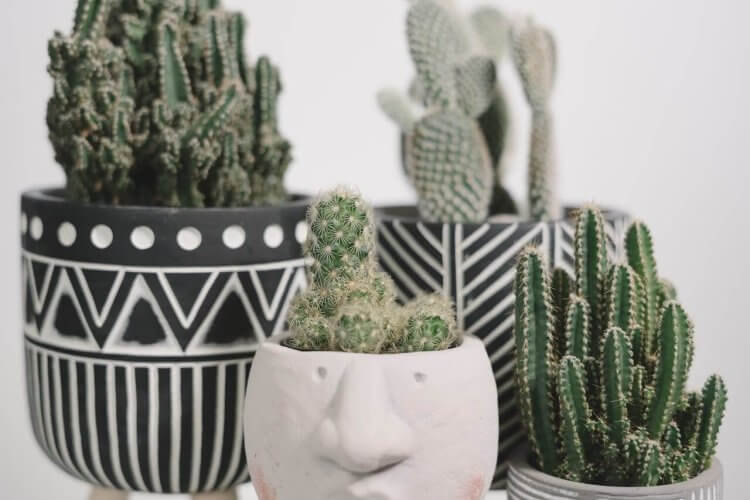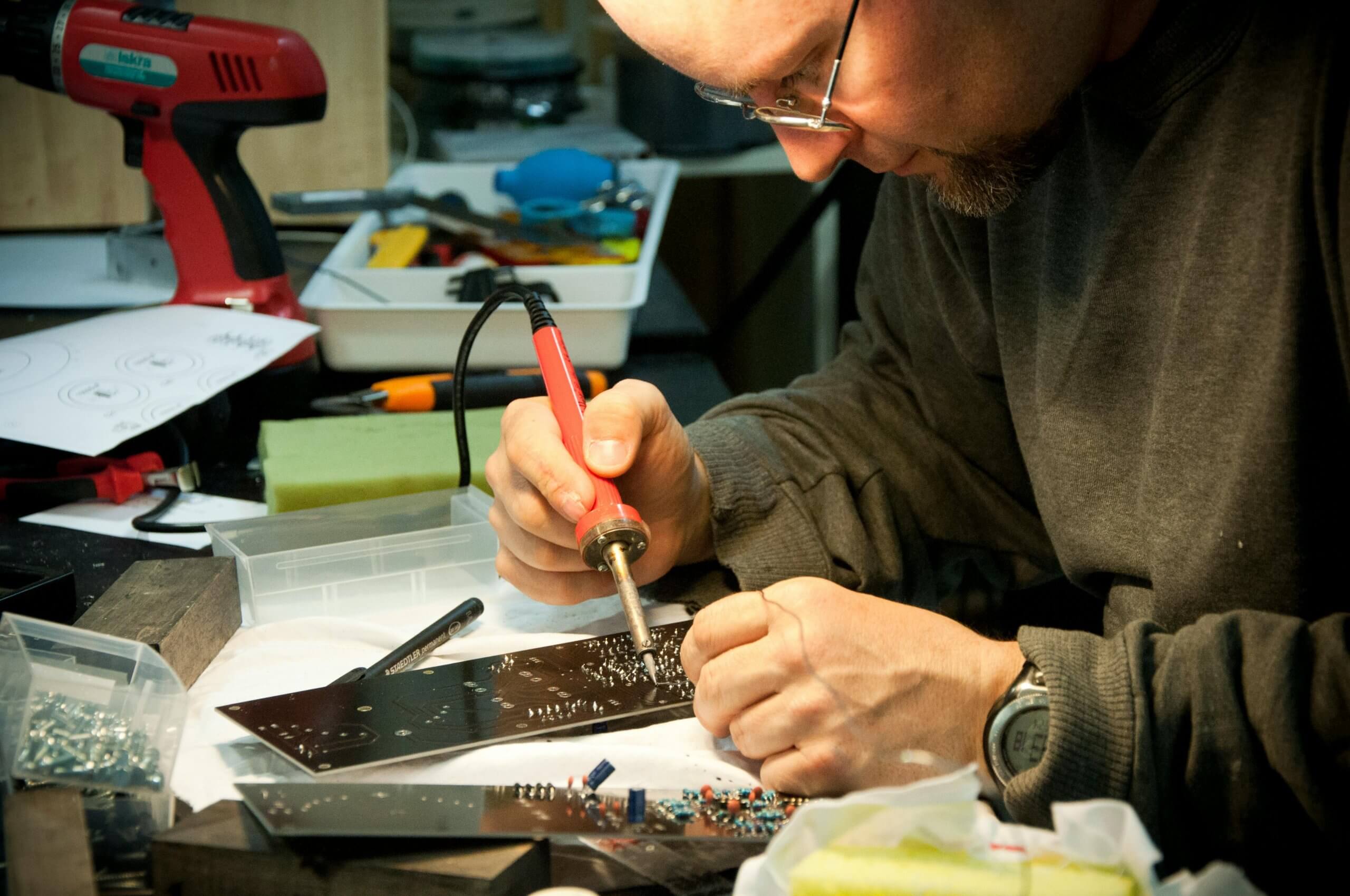Why Choose Cactee as Houseplants?
Cactee have become increasingly popular as houseplants due to their unique appearance, low maintenance needs, and ability to thrive in various conditions. Unlike other houseplants that may require constant care and attention, cactee can survive with minimal intervention, making them an ideal choice for busy individuals or those new to plant care.
Selecting the Right Cactus
The first step in cultivating cactee as houseplants is selecting the right species for your home. Some popular indoor cactee include:
- Christmas Cactus (Schlumbergera): Known for its beautiful blooming flowers during the holiday season.
- Barrel Cactus (Ferocactus): Characterized by its ribbed structure and spiky appearance.
- Bunny Ear Cactus (Opuntia microdasys): Recognizable by its pad-like stems covered with small spines.
Consider the size, light needs, and growth habits of the cactus before making your selection to ensure it suits your indoor environment.
Optimal Light Conditions
Cactee generally thrive in bright, indirect light. Place them near a south or west-facing window for optimal light exposure. While direct sunlight can be beneficial, too much can lead to sunburn, especially for younger plants. Rotating the pot occasionally ensures the cactus receives light evenly on all sides, promoting balanced growth.
Watering Guidelines
A common misconception is that cactee require little to no water. While they are drought-tolerant, they still need periodic watering. The key is to allow the soil to dry out completely between waterings. Overwatering can lead to root rot, which is detrimental to the plant. During the growing season (spring and summer), water your cactus every 2-3 weeks. In the dormant season (fall and winter), reduce watering to once a month or even less, depending on the indoor climate.
Soil and Potting Needs
Proper soil and potting are crucial for the health of your cactus. Use a well-draining cactus mix or create your own by combining regular potting soil with sand and perlite. The pot should have drainage holes to prevent water from sitting at the bottom. When repotting, choose a pot that’s slightly larger than the existing one to allow room for growth but avoid pots that are too large, as they can retain excess moisture.
Fertilizing Your Cactee
While cactee are low maintenance, they still benefit from occasional fertilizing, especially during the growing season. Use a balanced, water-soluble fertilizer diluted to half-strength. Fertilize once a month from spring to late summer. Avoid fertilizing during the fall and winter months when the plant is dormant, as it can lead to weak growth.
Managing Pests and Diseases
Cactee are generally resistant to pests and diseases, but they are not immune. Common pests include mealybugs, spider mites, and scale. Regularly inspect your cactus for any signs of pests and treat them promptly with insecticidal soap or neem oil. Root rot is the most common disease, often caused by overwatering. Ensure proper watering practices and use well-draining soil to prevent this issue.
Pruning and Propagation
Pruning cactee is not often necessary but can help maintain their shape and remove any dead or diseased parts. To prune, use sterilized tools and make clean cuts to prevent any infections.
Propagation is an exciting part of growing cactee. Many species can be propagated from cuttings or offsets. Allow the cut surface to callous over for a few days before planting in well-draining soil. Water sparingly until new growth appears, indicating successful propagation.
Curating a Cactus Collection
Once you’ve mastered the basics, curating a cactus collection can be a rewarding hobby. Mix and match different shapes, sizes, and colors to create an eye-catching display. Experiment with various arrangements and containers to enhance the aesthetic appeal of your indoor garden.
Keeping cactee as houseplants is not only visually pleasing but also provides a sense of accomplishment as you watch them thrive. With proper care and attention, your indoor cactus garden can become a stunning and low-maintenance addition to your home.

















